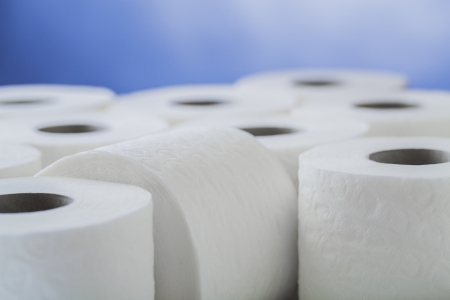Using a public toilet tends to send shivers down the spine of many people,as we tend to worry about being infected due to the poor sanitary state of some of these units. We open the doors of some public toilets and a persistent and unwelcoming stench greets us with open arms. The wet floor seems to have remnants of toilet rolls, sweet wraps and lollipop sticks swimming in the most disgusting fashion. This scenario tends to play out due to the varying hygiene standards of most individuals- some are clean, others are just okay, and the rest just don’t care and leave the toilets worse than when they encountered them. For public toilets, this happens more often when there is a greater ratio of people to available toilets and insufficient cleaners.Portable toilets in this case are mostly hired for public events and at communal places like fields, construction sites or private houses with insufficient units. At times, we forgo using a toilet due to the unclean state we may have found it in and try to hold the call of nature until we see a cleaner alternative.
Here is a common practise that is unhygienic
Covering the toilet seat with toilet roll: It is a common belief that covering the seats of the toilet will reduce the risk of a bacterial infection. However, science reveals that covering the toilet seat with toilet roll actually increases the surface area of germs and leads to the multiplication of these bugs. In addition, toilet rolls are exposed to germs or microorganisms as they are placed close to uncovered toilets. Remember, these toilet rolls are met by unclean hands several times in a day as they get constantly ripped to be used by those answering the ‘number two’ or a poo. If the lids are left uncovered, when we flush, splashes with faecal germs travel through the air and settle on toilet seats and rolls. This is why covering the toilet seats with toilet paperis never the most hygienic practise and we have to consider better options.
Hygienic toilet habit
- Hovering over the loo: Virus and germs often spread via the surface of objects. The toilet seat could easily transfer microbes to our skin when we come into contact with this surface. That’s why hovering over the loo is a recommended way to empty our bowels without coming into contact with the toilet seat. Surprisingly, research suggests that a lot of germs found on a toilet seat are bacteria from our skin and not those deposited via a faecal splash. In reality, hovering over the toilet is a great way to prevent us from transferring our bacteria to the toilet seat and coming into contact with those left by others.
- Using flushable antibacterial wipes to wipe the toilet seats: If public toilets have seat sanitizers, it is advisable to use them on the toilet seats before having a pee or poo. Disinfectant or antibacterial wipes helps to get rid of a high percentage of germs and reduces the risk of any infection.
- Keeping the lids closed when flushing: Toilet plume occurs when we fail to keep the lids down whilst flushing as microscopic particles get easily spread in the air. The flush from a toilet is very powerful and makes the debris and particles from the interior of a toilet settle on other surfaces within the washroom, which could easily be met by others when they come into contact with those exteriors.
We understand the essence of toilet hygiene,hence we steam clean our portable units. Regardless, it’s advisable to be more relaxed and answer the call of nature without worrying so much about bacteria. As only a few of these bacteria are harmful, we just need to follow simple hygienic practices to ensure our safety.




